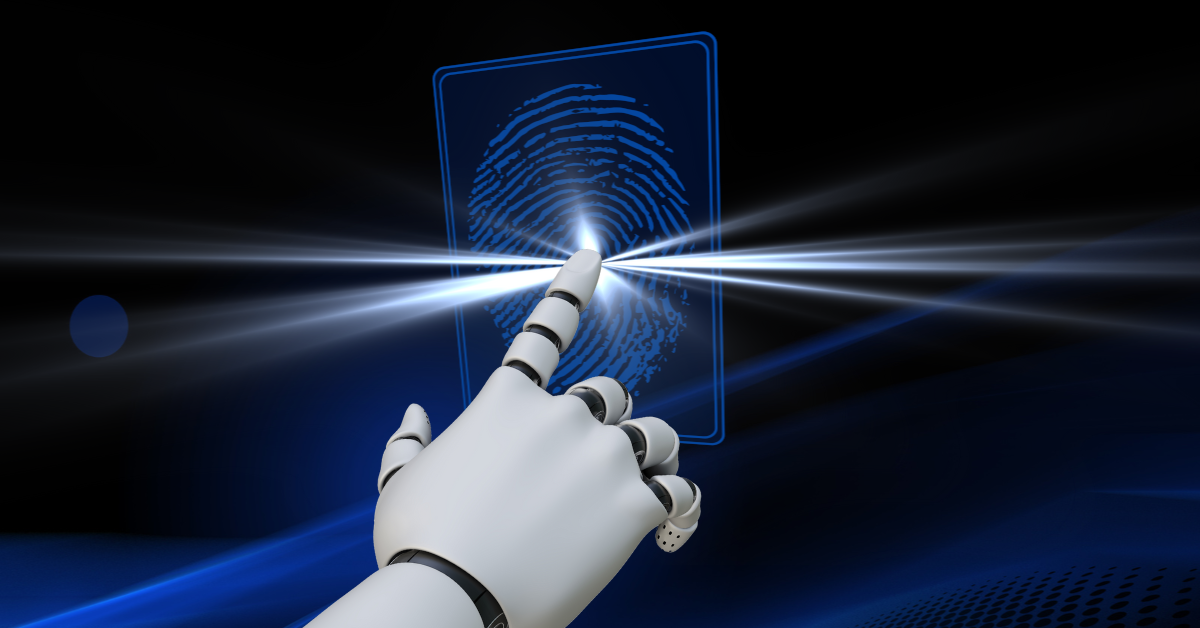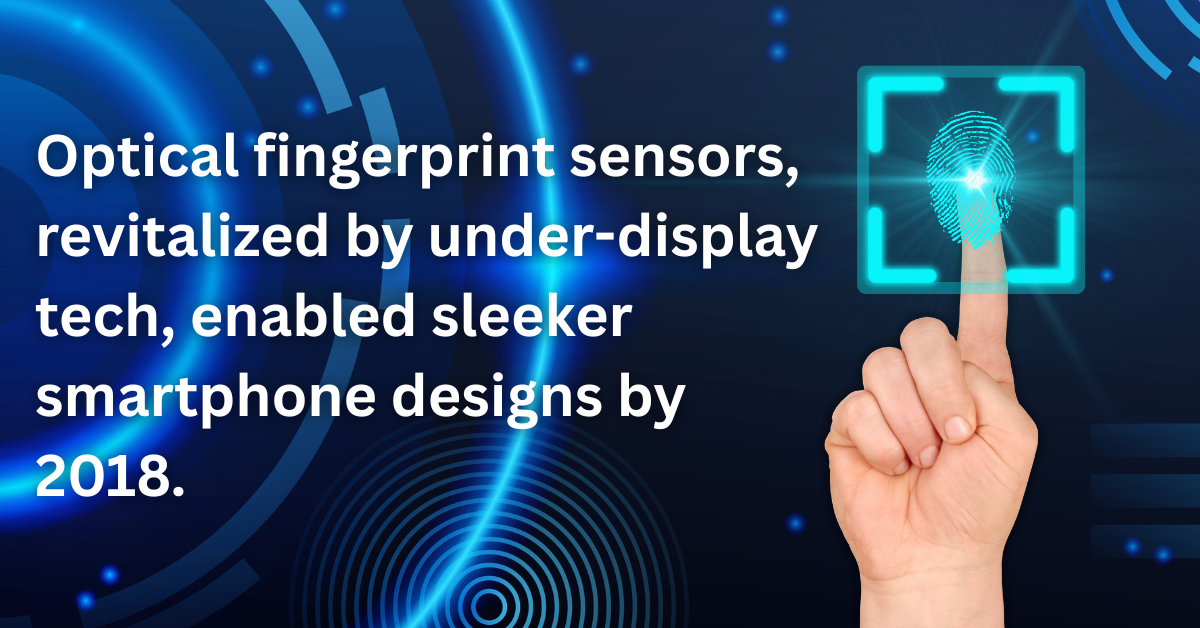Categories
Fingerprint sensors have evolved into an essential layer of modern security, woven into the fabric of our daily lives through smartphones, laptops, smart locks, and more. What began as a basic concept has matured into a sophisticated field, offering multiple types of fingerprint authentication systems tailored to different environments and use cases.
In this in-depth exploration, we track the development of fingerprint sensors from early capacitive models to cutting-edge ultrasonic and thermal innovations. You’ll discover how each generation of sensor works, their strengths and weaknesses, and where the technology is headed next.

The idea of using fingerprints as a unique identifier is not new, but embedding fingerprint analysis into electronic hardware has taken decades to refine. The journey began with basic optical systems and has now reached high-tech ultrasonic and AI-integrated approaches.
Long before sensors were invented, fingerprints were used as personal identifiers. It wasn’t until the 1990s that the first commercial fingerprint scanners started appearing, driven by advancements in electronics and digital imaging.
The first functional electronic fingerprint readers used optical imaging, which relied on light to capture surface details. These systems were accurate in clean environments but were physically bulky and easy to deceive with high-resolution replicas.
Initial costs and size limitations restricted early fingerprint sensors to security-sensitive locations like military bases or research labs. Consumer electronics wouldn’t adopt them until the technology became smaller, cheaper, and more user-friendly.
Capacitive fingerprint sensors marked a turning point by offering a compact, efficient method for biometric verification, paving the way for widespread use in mobile and computing devices.
Capacitive sensors rely on an array of miniature capacitors to map the ridges and valleys of a user’s fingerprint. Each contact point creates a slight change in electrical charge, which the system interprets as unique biometric data.
Slim form factor suited for portable devices
Affordable enough for mass production
Delivers fast, near-instantaneous results
Struggles with moisture or dirt on the skin
Susceptible to spoofing using molded fingerprints
Doesn’t penetrate skin layers, reducing depth accuracy
Capacitive sensors became iconic in consumer tech with Apple’s introduction of Touch ID on the iPhone 5S in 2013. Other manufacturers followed suit, embedding fingerprint security into smartphones, tablets, and laptops.
As device aesthetics evolved and bezels disappeared, traditional sensors had to adapt. Optical fingerprint sensors made a return—this time as sleek, under-display modules.
These sensors project light through a screen to illuminate a fingerprint and capture its pattern. High-resolution photos are analyzed using algorithms that detect the unique traits of the fingerprint.
Seamlessly embedded under OLED screens
Boosted low-light accuracy via improved light emitters
Created a more immersive, button-free device experience
Vulnerable to spoofing through high-res images
Surface scratches and smudges affect performance
Image-based detection lacks subdermal verification

Optical sensors found their niche in mid-tier devices. Brands like Xiaomi and Vivo embraced them to offer biometric security while maintaining minimalist aesthetics.
Ultrasonic fingerprint sensors represent a paradigm shift. By scanning beneath the skin, they provide deeper, more secure verification and improved usability in adverse conditions.
These sensors emit ultrasonic waves that bounce back after hitting the user’s skin. This creates a 3D map of the fingerprint, including subdermal features like pores and ridges.
High-frequency sound waves are directed at the fingertip
Reflected waves create a depth map
Algorithms translate the echoes into a biometric profile
Thermal sensing is emerging as a novel alternative, capitalizing on heat differentials between fingerprint ridges and valleys to create a thermal image for biometric comparison.
These sensors detect temperature variance caused by skin contact. Ridges transfer more heat due to greater surface area contact, allowing the scanner to generate a thermal fingerprint pattern.
Resistant to spoofing attempts using inanimate materials
Effective in dark or dirty conditions where optics falter
Compact form factor suited for wearables and embedded tech
Sensitive to environmental temperature fluctuations
Slightly slower to process data
Higher energy consumption compared to other sensors
By 2023, experimental thermal fingerprint sensors had surfaced in high-security sectors. Manufacturers are working to reduce energy use and cost, with commercial adoption in phones or IoT expected within a few years.
Fingerprint sensor technology have moved well beyond smartphones, finding critical applications across industries where secure and convenient access is essential.
In the automotive sector, they enable keyless entry and personalized in-car settings, replacing traditional keys and PINs. In healthcare, they safeguard electronic medical records and control access to sensitive equipment.
Financial institutions use them for secure banking authentication at ATMs and within apps, reducing dependence on passwords. Meanwhile, smart homes and IoT ecosystems integrate fingerprint sensors into locks, safes, and appliances, giving users fast, reliable access to their personal spaces and devices.
Fingerprint authentication technology continues to evolve, with new developments aiming to push boundaries of usability, power efficiency, and anti-spoofing capability.
From early capacitive setups to modern ultrasonic depth scans, fingerprint sensors have continuously redefined biometric security. These tools are no longer limited to mobile devices—they’ve become integral to how we interact with our digital and physical worlds.
As AI, edge computing, and new sensing techniques advance, fingerprint sensors will remain at the forefront of secure identity verification. The coming years will likely bring even more seamless, fast, and fraud-resistant technologies—ensuring that your fingerprint remains one of the safest keys you’ll ever own.